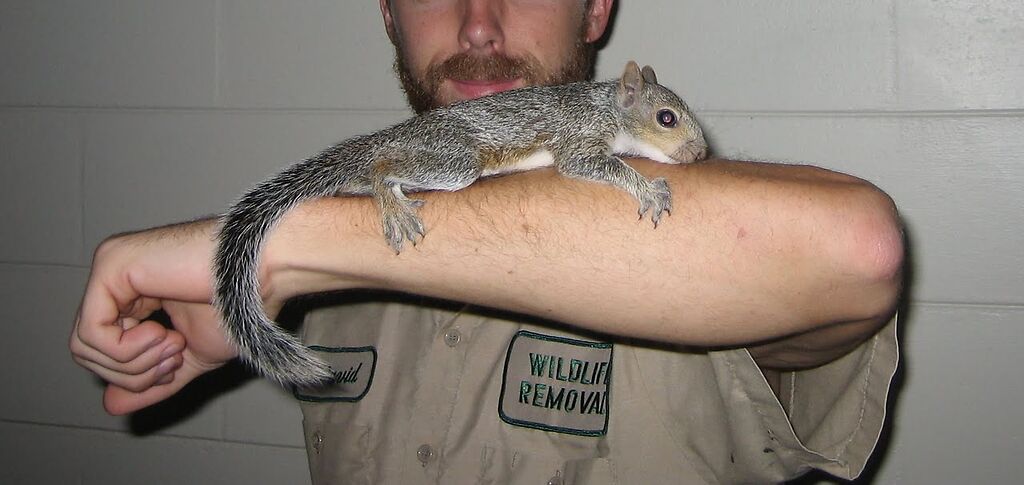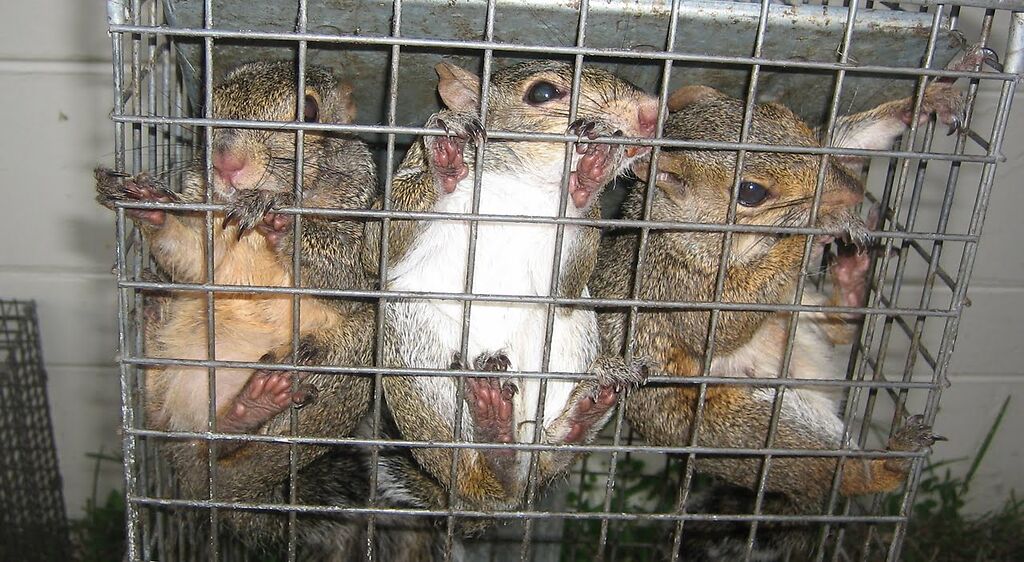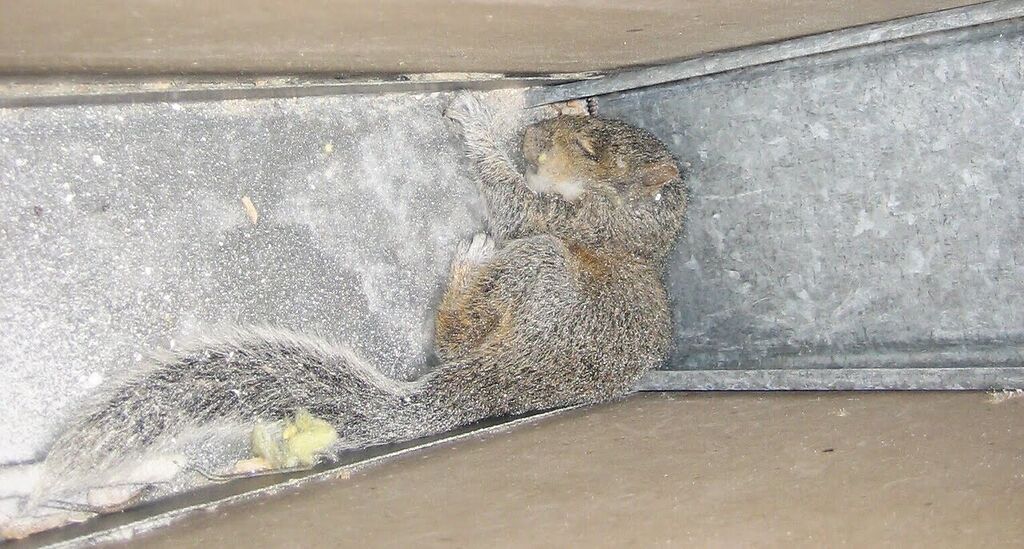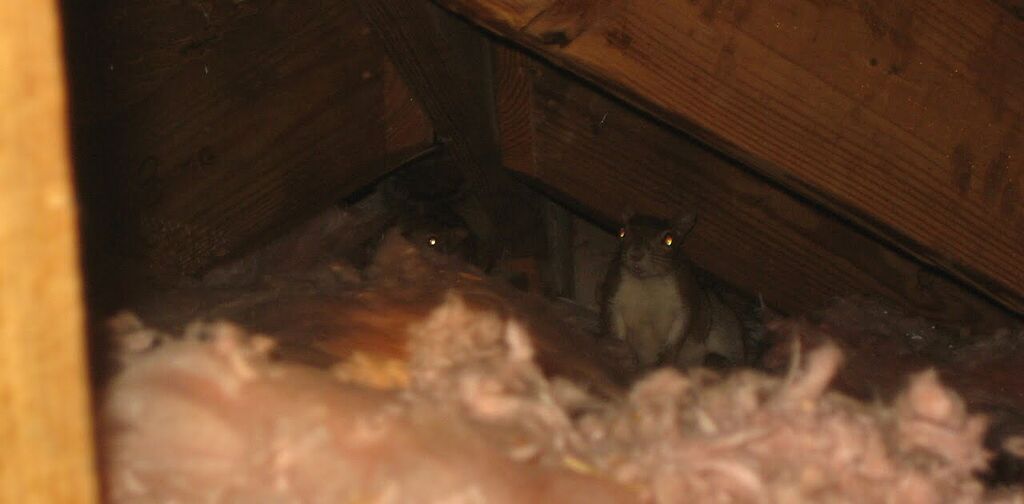Welcome to Squirrel Nests
There’s nothing worse than popping a box of your stuff in the attic only to be greeted by what appears to be a nest of squirrels in your attic. You may even have heard scuffling noises in the night but put it down to a rogue rodent passing through. Maybe you’ve spotted some poop around the house already and laid a few rat traps, thinking it was just a pesky rat or mouse running loose. You know how useless your household cat is - it never catches the things you actually want it to catch!
If you find a nest of squirrels in your attic, you have a few approaches you can take. Ideally, you will want to call in a professional and let a wild animal removal expert do the job that will take you days, weeks and maybe even months. You see, it’s hard to get one step ahead of a wild animal that has become very accustomed to hiding alongside humans.
If you want to do the job yourself, try the simple steps below.
1 - Use a Repellent or Deterrent First
Before you start thinking about drastic measures such as bows and arrows and poisons to get rid of your pesky squirrel problem, why not try doing something like using a repellent? There are plenty you could try, although we would never suggest wasting your money on those expensive light or noise machines. Very rarely do those things work. As we’ve said many times, squirrels are very comfortable living alongside humans, so loud noises and lights don’t bother them so much anymore.
One of the best deterrents you could try is wildlife eviction fluid - a combination of a male raccoon’s gland secretions and urine. By thinking a male raccoon is around, the squirrel believes her young will be in danger and may even move them on before you have a chance to plan your next step. Male raccoons will eat a baby squirrel without a second thought.
2 - Try a Humane Trap
Getting to these babies without getting attacked by the mother is going to be a hard task so you’ll need to catch her before you grab the babies by hand.
You can find plenty of humane traps on the market and some of them are even specifically designed for squirrels. Use a reputable brand and aways check to see there are no defects with the trap before you go setting it. If you’re going down the humane route, what’s the point in accidentally maiming or killing the creature?
Trapping the mother may take a while, and you may find that you’ll need to move the traps around a bit before they finally work, or maybe even experiment with bait, but once you have captured her, its time to find the babies and remove them by hand, placing them in the same trap with the mother.
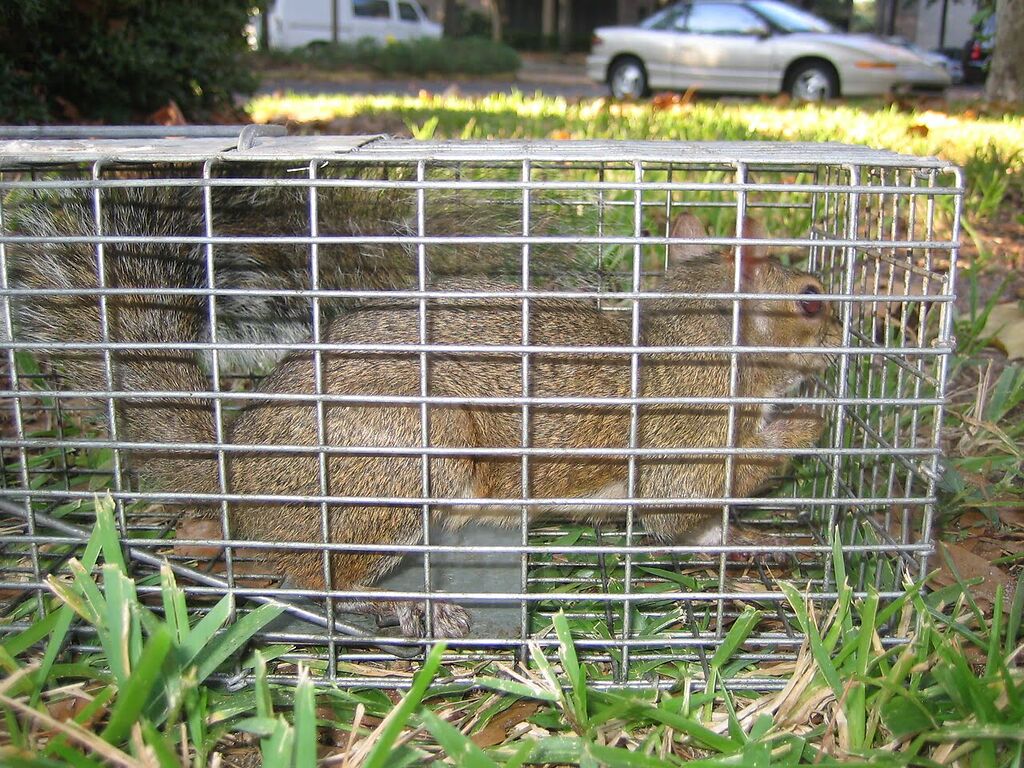
3 - Drive!
You’re going to need to go about ten miles away from your house to ensure this squirrel and her young can’t find their way back and annoy you again. Find a wooded area with plenty of trees, place the trap at the bottom of the tree, and let the mother come out by herself, taking her pups one by one. It might take a while but let her catch her bearings first. If possible, try to take them out in the morning so she has plenty of time to sort herself out before nighttime comes and things start to get even more dangerous for her than they already are.
4 - Damage Control
You’re going to need to inspect for damage now sadly, and if the squirrel has been around for sometime, you may find that she has left her fair share of damage and waste matter too.
You’ll need to look and seal any holes that are working as an entrance to your home for these wild animals, and you’re going to need strong, sturdy materials to ensure the barriers can’t be broken through. If you don’t bother with this, more animals will come. It might take a while but they will. Either that or that pesky squirrel will come back except this time, she’ll be laughing at you.
5 - Cleaning Up
Once you’ve filled all the holes and you’re sure no wild critters can make their way back in, it’s time to cleanup and sadly, this is the most painstaking part of it. There’s the risk of salmonella poisoning to worry about here, and you’ll need to make sure you clean up every trace of poop, pee, and even nesting material to ensure her pheromones don’t attract other squirrels. Or worse than that - even bigger wild animals!



